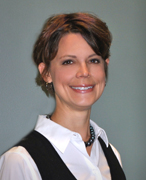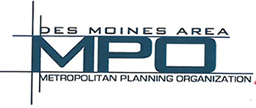My college degree was in Community Health Education and I spent most of my career working in the field of health promotion. The words education and promotion sound reasonable enough to describe what needs to be done to tackle the goal of health improvement. But, those words imply that by simply teaching about health or marketing it, people will change. Surely, people don’t know that exercise is good for them and eating healthfully is beneficial, so we had better educate and promote to change their minds and their habits. I bet most (if not all) of you reading this can recite at least a few benefits of exercise, where you can exercise, and for the most part, you know how. So, why don’t most of us make the choices that are best for our health?
Many reformed health educators, like me, know the answer lies in what city planners and sociologists have known for many years. People don’t always use logic to make decisions; they respond to their physical and social environments. Our brains are wired to make the choice that seems best for us at the time the choice is being made. From a community planning perspective, these decisions can be influenced by how our neighborhoods are designed, how accessible healthy food is, and whether our friends are also making healthy choices.
The Tomorrow Plan proposes taking steps to build the environment to support healthy choices, so our brains don’t have to work as hard to figure out which choice is best for our health. Specifically, in the Regional Goals & Strategies section of the draft plan, goal 3 is “Provide the framework to further the health and well-being of all residents in the region.” Strategies include:
- Letting walking and biking be as easy a choice as driving.
- Developing “health” as the region’s default choice, including recognizing when community decisions (zoning, road widening, etc.) impact health.
- Providing access to healthy food using a regional food system approach. This would include leveraging our ability to grow healthy foods, so that we can surround ourselves with fresh, delicious, healthy foods year-round.
- Encouraging local gathering spaces and events that support arts, culture, and natural heritage and build a sense of community. Gray’s Lake is an example of how art, nature, and a sense of community have made health an easier choice to make.
These strategies incorporate health into our daily lives through a supportive community infrastructure. Health becomes part of the way we live instead of a choice our brains struggle to make. The healthiest choice becomes the easiest choice. As a result, we become more active, eat better, and come together more often as a community. This seems like an easy choice to me!
 Amy Jennings is a Master Certified Education Specialist with a master’s degree in Organizational Performance who spent 12 years working in the field of health improvement. She is now the executive director of the Greater Des Moines Leadership Institute and the board president for the Center on Sustainable Communities.
Amy Jennings is a Master Certified Education Specialist with a master’s degree in Organizational Performance who spent 12 years working in the field of health improvement. She is now the executive director of the Greater Des Moines Leadership Institute and the board president for the Center on Sustainable Communities. 



